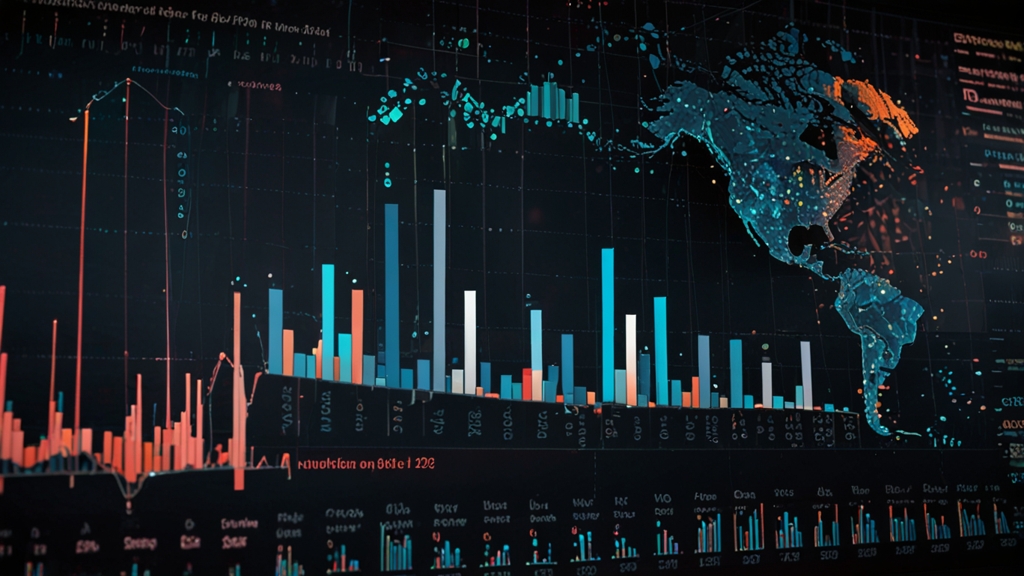Revolutionizing Data: The Unexpected World of Statistics
In a world increasingly driven by data, statistics is the science that underpins much of our modern life. From predicting weather patterns to identifying consumer trends, statistics provides a way to make sense of complex datasets and draw meaningful conclusions. With the advent of big data and machine learning, the role of statistics has been revolutionized, transforming it from a niche academic discipline to a cornerstone of technological innovation and decision-making.
The Evolution of Statistical Methods
Statistics has its roots in the 18th century, evolving from the early work of mathematicians who sought to understand population demographics and probabilities. Initially, the primary focus of statistics was on descriptive statistics, which involves summarizing and visualizing data. With the emergence of inferential statistics, the field expanded to include the estimation of population parameters and hypothesis testing.
The 20th century witnessed an explosion of interest in statistical methods as computing technology advanced. The development of computers enabled more complex calculations and the analysis of larger datasets. Techniques such as regression analysis, time series analysis, and multivariate statistics became standard tools for researchers across a wide range of disciplines.
The Big Data Era
In recent years, the explosion of data generated through digital transactions, social media, and IoT devices has propelled us into the era of big data. This new landscape presents unique challenges and opportunities for statisticians. Deals are no longer about small, manageable datasets but vast oceans of information that require sophisticated tools and methods to navigate.
Big data is not just about the volume of data, but also about the variety, velocity, and veracity of the information. Traditional statistical methods often fall short in handling such complexity, paving the way for new, innovative approaches.
One such innovation is the use of machine learning algorithms that can automatically detect patterns and relationships within data. Unlike traditional statistical models, which require explicit assumptions and hypotheses, machine learning models can adapt and learn from the data itself, offering more flexibility and accuracy in predictions.
Applications of Modern Statistical Methods
The application of advanced statistical methods has transformed various industries. In healthcare, predictive analytics are used to identify disease outbreaks and personalize treatment plans. Retailers harness the power of data to understand customer behavior and optimize inventory management. In finance, statistical models predict market trends and assess risk, enabling more informed investment decisions.
The power of modern statistics lies in its ability to transform raw data into actionable insights, driving innovation and efficiency across multiple sectors.
The Future of Statistics
As technology continues to evolve, the field of statistics is poised for further transformation. One emerging area is the integration of statistical methods with artificial intelligence. This synergy has the potential to create more intelligent systems capable of both understanding and generating human-like responses, as seen in natural language processing and autonomous vehicles.
Moreover, the growing emphasis on data ethics and privacy will shape the future of statistical analysis. Statisticians will need to develop methods that ensure data is used responsibly, safeguarding individual privacy while still extracting valuable insights.
Conclusion
The unexpected world of statistics is a dynamic and evolving frontier, driven by technological advancements and the insatiable demand for data-driven insights. From its historical roots to the age of big data and artificial intelligence, statistics continues to revolutionize the way we understand and interact with the world. As we look to the future, the disciplined application of statistical methods will remain a critical component in navigating the complexities of our data-rich environment.
In the words of the famous statistician W. Edwards Deming, "In God we trust; all others must bring data." The revolution in statistics ensures that this data is not just abundant, but imbued with meaning and potential.









